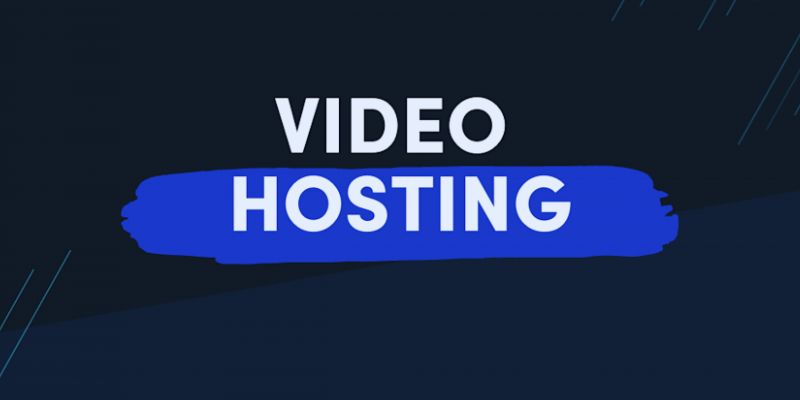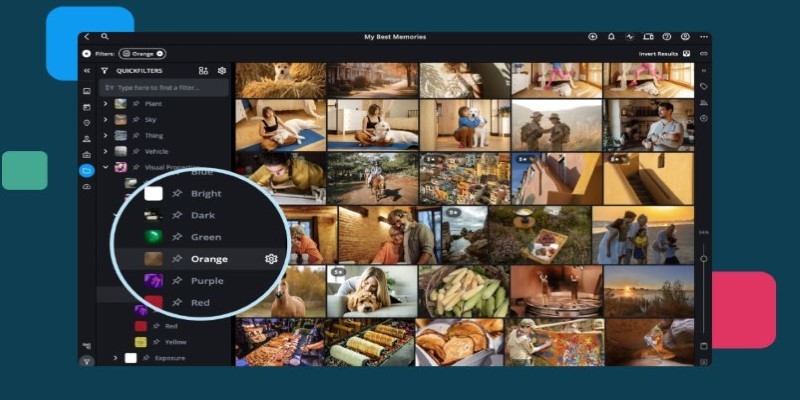How to Build a LinkedIn Marketing Strategy from Scratch: A Step-by-Step Guide
Advertisement
LinkedIn is more than a professional network. For lead generation and brand development, it's a potent weapon. Starting from scratch can feel overwhelming when creating a LinkedIn marketing plan. However, companies can see real results by taking the right actions. On LinkedIn, success calls for consistency, high-quality material, and audience connection. Businesses may develop trust by offering ideas and solutions consistent with their brand values.
Developing a LinkedIn marketing plan calls for both patience and forethought. Measurable returns can come from a well-defined, goal-oriented strategy. Focused plans boost authority as well as visibility. This guide will walk you through the basic stages of creating a LinkedIn marketing strategy. Using these techniques can increase LinkedIn's engagement and boost reach.

Define Clear Goals for Your Strategy
Goal setting forms the foundation of every effective marketing plan. Without direction, it's easy to lose focus and waste time. Well-defined objectives enable you to remain focused and gauge your success. First, figure out what LinkedIn offers that meets your needs. Among common objectives are lead generation, website traffic, and brand exposure. Objectives should be clear, quantifiable, and connected to corporate results. Avoid evasive goals like "growing followers." Rather, aim for 1,000 new followers in six months.
Establishing deadlines drives urgency and keeps your staff in line. Track metrics like clicks, conversion rates, or engagement to measure your performance. Every objective should line up with your company's needs. A firm may aim to attract customers, while a personal brand might focus on thought leadership. Prioritize goals based on your current position and your audience's specific needs. Create goals for LinkedIn marketing that fit long-term expansion. Having well-defined goals guarantees that every activity advances your overall image.
Optimize Your LinkedIn Profile or Page
The first impression comes from your LinkedIn profile or company page. It should emanate brand identification and professionalism. Start by uploading a high-quality profile photo or professional company logo. Use a custom banner to reflect your values, services, or products. Create a headline using a few basic phrases that capture your offerings. Keep it straightforward and benefits-oriented. Describe in the "About" part who you assist and how you add value. Strive for accessible language instead of jargon. Link back to your website, blog, or contact page. List your products or services.
Natural keyword use throughout your profile will help to boost discoverability. Add a quick mission statement and product specifics on a corporate page. Easily emphasize your main products. Make sure that the data matches your marketing objectives and is current. Enhancing your page increases trustworthiness. It also aligns with LinkedIn's ground-up brand development approach.
Identify and Understand Your Target Audience
Knowing your audience enables you to produce something that readers value. First, decide who you wish to contact. Consider their sectors, job titles, and obstacles. Research your perfect audience using LinkedIn search tools. See the pages, organizations, and profiles they follow. Track the materials they interact with. Make a list of relevant topics based on the common questions they ask. That will direct your approach to creating material.
Understanding your audience makes it easier to create meaningful connections. If you handle several buyer kinds, segment your audience. Give every group basic profiles or personas. Add their objectives, problems, and approach to decision-making. Customizing your message to every group increases involvement. Give value and solutions a priority. Not only will you be promoting yourself. Talk about their issues and provide some analysis. A focused message generates trust and grabs greater attention. Knowing your audience helps you to create LinkedIn material more successfully.

Create a Consistent and Value-Focused Content Plan
A solid content strategy maintains readers' interest and fosters confidence. Content should be valuable, not only an advertising tool. First, pick subjects your readers find important. Share success stories, industry advice, and how-to manuals. Plan and follow your posting calendar. For optimal results, post a minimum of three times a week. Combine text posts, photos, videos, or carousels, among other content. Personal brands often succeed by using storytelling in their content. For businesses, stress consumer victories or product enhancements.
Call-to-action statements help increase interaction. Keep messages brief yet strong. Steer clear of extended paragraphs or difficult-reading language. To save time, rework material from blogs, seminars, or reports. Track involvement to find the greatest fit. Change your strategy then depending on outcomes. Over time, consistency fosters confidence. Always seek to inspire or instruct your audience. It helps to justify a more successful LinkedIn content strategy over the long run.
Engage with Others to Build Relationships
Developing your LinkedIn profile depends mostly on engagement. Post, but also engage with others. Comment on pertinent posts in your specialty. Like and share content that aligns with your brand values. Address comments on your works. Respond to questions and thank users for engaging with your posts. Starting chats strengthens bonds. Participate in industry associations and help to shape debates. Share information without being unduly sold. Get in touch with those that match your intended readership.
Make personalized connection requests to convey actual curiosity. Once you've connected, send a brief, valuable note. Steer clear of sales presentations in first meetings. Establish confidence before advertising products. Talk about common interests or aspirations. Regular participation raises a profile on the LinkedIn feed. It also makes your approachability and energy clear. Better reach and conversions depend on solid relationships. Engagement reinforces every part of your LinkedIn strategy and helps drive consistent long-term results. To increase your influence, build a LinkedIn marketing plan with consistent interaction and community involvement steps.
Track Performance and Adjust Strategy as Needed
Performance measurements enable you to identify areas needing improvement and those working. Review impressions, follower increase, and post-engagement data on LinkedIn. Emphasize measures that line up with your objectives. For traffic, for instance, track click-through rates. Review data, either weekly or monthly, to identify patterns. Identify which posts received the highest engagement. Identify the days and times that generate the highest number of views. These realizations will help you better plan your postings.
Check follower demographics to ensure you are targeting the correct market. Change your material schedule depending on actual performance. Eliminate underperforming postings and focus especially on what works. Try fresh ideas or forms to keep your readers engaged. As your company expands, review your objectives. Constant improvement guarantees that your plan stays working. Data tracking improves decision-making. Over time, active monitoring and wise changes define LinkedIn's approach to brand development.
Conclusion:
A good LinkedIn marketing plan begins with well-defined objectives and an attractive profile construction. You have to produce useful material regularly, knowing your target. Regular involvement increases visibility and develops trust. Track your performance and routinely refine your plan. Every step matters when building a strategy from scratch. To develop and engage your audience, closely follow every component. Future success depends mostly on knowing how to create a LinkedIn marketing plan. Apply these guidelines to help in long-term development. Let your approach represent the goal and value of your brand.
Advertisement
Related Articles

The 5 Best Video Hosting Sites for Businesses in 2025: A Complete Guide

10 Best Microsoft Access Alternatives That Actually Make Life Easier

Master Trello: How to Create Recurring Tasks for Seamless Organization

The 4 Best Read It Later Apps to Save Content and Stay Organized

Best PCB Design Software to Streamline Your Workflow

The 10 Best Mailchimp Alternatives in 2025: Top Picks for Your Email Marketing

Top Arabic Keyboard Layouts for Typing on Windows

Best Software to Organize and Manage Your Photo Library

The 6 Best Email Apps for Android in 2025: Stay Connected Anywhere

How to Check Instagram Analytics and Optimize Your Social Strategy: A Guide

The 7 Best Org Chart Software Options in 2025: Streamline Your Workflow

 knacksnews
knacksnews